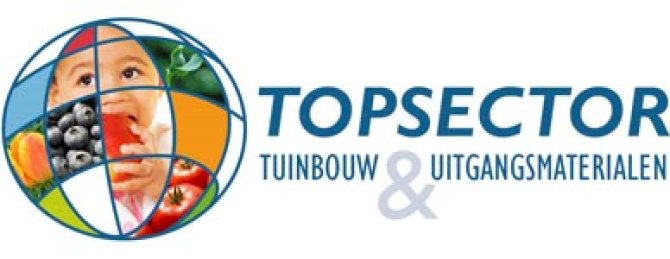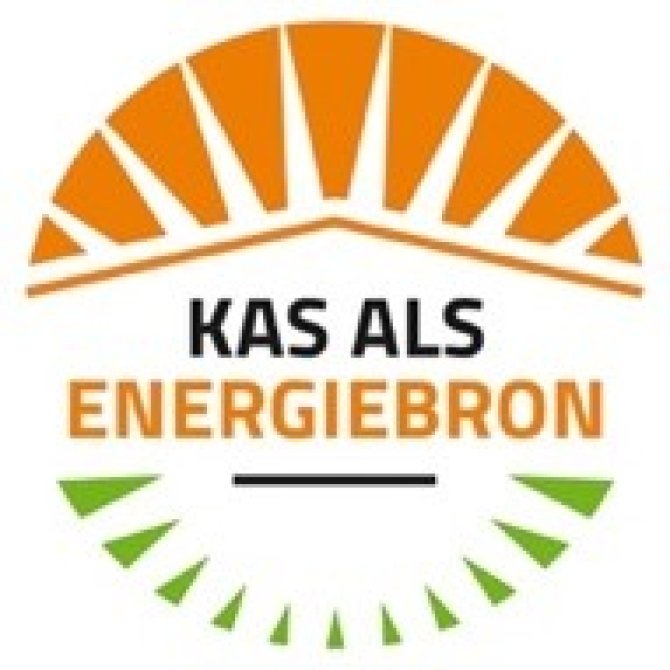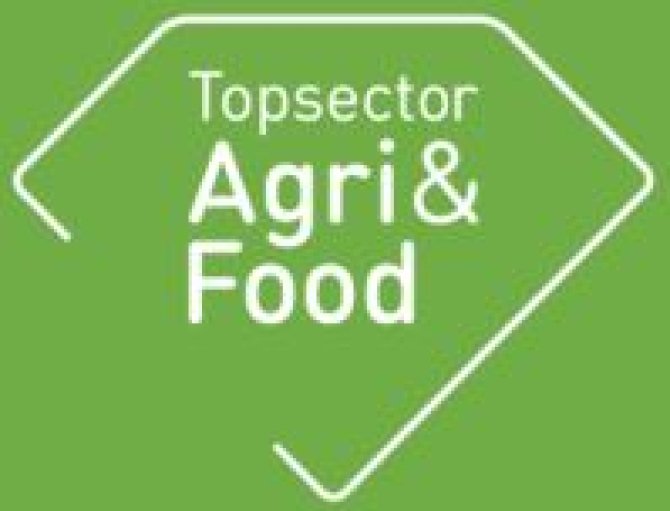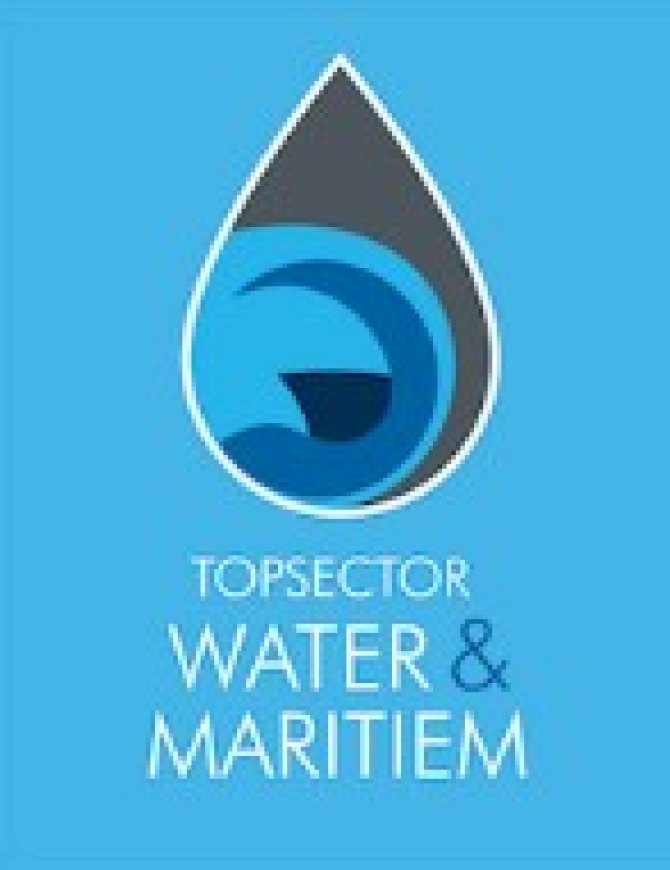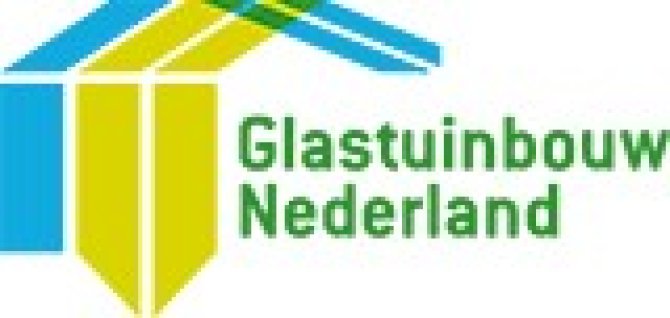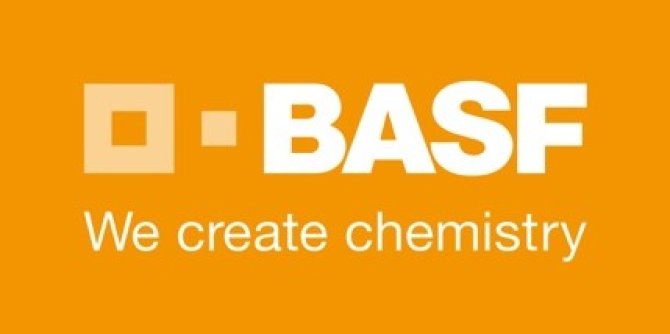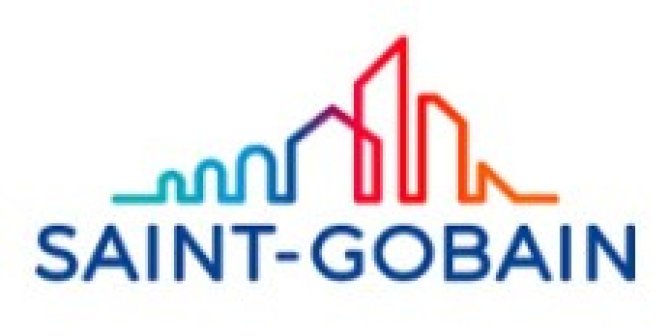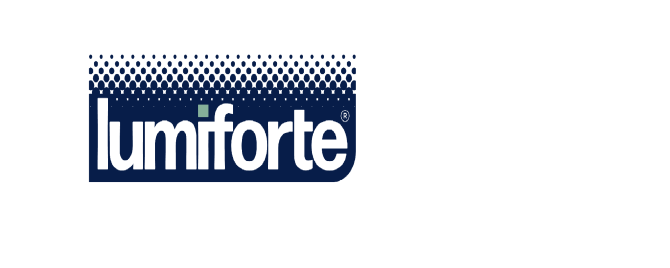
Project
Smart Materials II
The demand for vegetables and fruits worldwide is increasing. Vegetables and fruits for fresh consumptions are produced in protected cultivation. With increasing affluence, the area of protected cultivation in the world is increasing, leading to increased demand for fresh, high-quality vegetables, without chemical residues.
This program is based on the future vision that new greenhouse production systems will utilize sunlight in a very efficient way since they will be covered with smart or adaptable materials. Solar light at any climate zone in the world is converted in a form (quantity, quality, geometrical distribution) exactly needed by the crop to produce fresh products with high yield, good taste, high healthy components. All growth factors (light, temperature, CO2, humidity) will be controlled by smart or adaptable materials in order to reach a minimum input of natural resources during food production (energy, CO2, water).
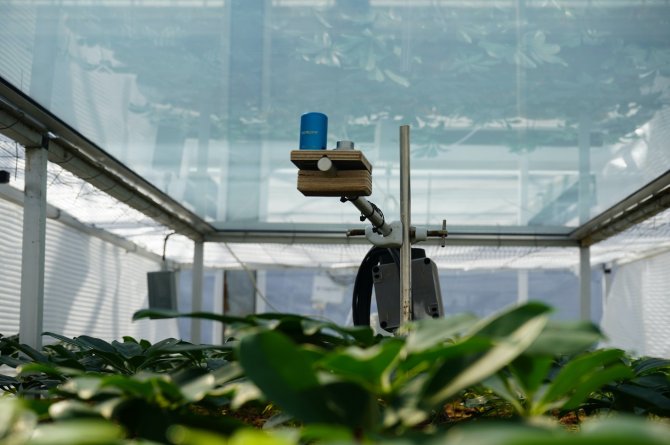
This program is financed by the Dutch Topsector TKI Horticulture and Starting Material and offers a unique collaboration of horticultural supply industry with high-tech industry, as well as a unique collaboration between academic and industrial research to design new greenhouse production concepts with smart materials for the horticultural industry. The Dutch horticultural sector will profit from knowledge brought in from the international high-tech industry and will benefit from the knowledge and new products developed in this program.
Project goals
In the first project of “PPS Smart Materials for greenhouses (2017-2020)” it has been shown that there is an enormous potential, for the development and application of “smart” materials for horticulture. The goal of this follow-up program is to continue to develop smart materials that allow the control of quantity, spectral composition and geometrical distribution of sunlight entering the greenhouse.
Next to light, the smart control of other growth factors such as temperature and humidity is very important for crop production to save energy and water and will get more focus in this follow-up program by developing hydrophilic and water absorbent or selectively permeable surfaces and by developing low emission coatings and highly insulating materials.
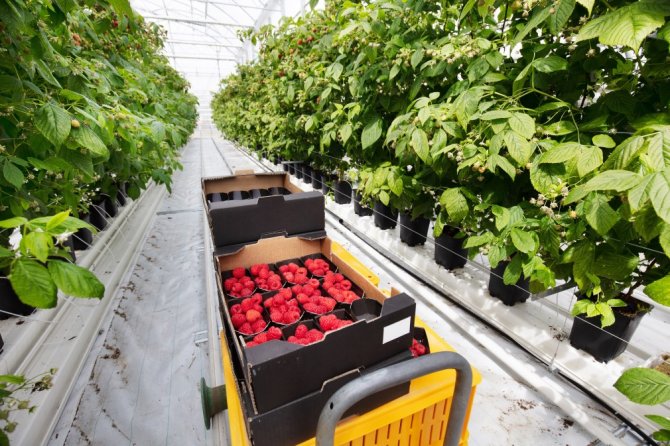
The decreasing use of fossil fuels will lead to a reduction in the availability of carbon dioxide for greenhouse atmosphere enrichment. The development of smart materials capable of adsorbing CO2 directly from the atmosphere and desorbing it to the greenhouse at a low energy cost will also have attention in this follow up. The thereby higher level of climate control in the greenhouse and indoor farming systems and the new feature such as anti-septic surfaces might contribute to even lower chemical residues. Nanotechnology contributes to stronger and even self-healing/cleaning materials with longer lifetime and thus less waste.
The expected results are a selection of materials from other industries, improvements of existing materials and development of new materials on the field of energy saving, maximum use of sunlight, humidity control and integral sustainable features. These materials will be targeted to selected crops and markets. Participating partners have multi-disciplinary background combining chemistry, material science, biology, plant physiology, but also physics and greenhouse production systems. Partners will co-develop new materials, knowledge transfer between high-tech industry and horticulture will facilitate a sustainable, climate neutral horticulture with less waste and high value products for consumers in the future.
Project workpackages
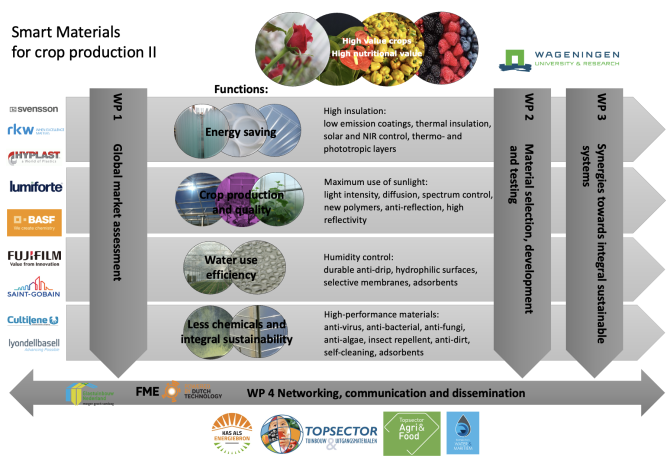
Project deliverables
WP1 Global market assessment
- Report on detailed market size and technological requirements for high-end greenhouses in the world;
- Report on key regions for indoor farming and expected future developments;
- Simple business cases per selected material for further development by the diverse partners.
WP2 Material selection, development and testing
For each analysed material a report will detail:
- The results of the measurements/tests/simulations performed related to relevant properties;
- The possible role towards integral sustainability of the greenhouse system;
- The potential outlook for application in greenhouses, with particular attention to possible synergies with materials from other partners.
WP3 Synergies towards integral sustainable systems
- Report detailing each integral experiment, its results and an analysis of potential advance towards integral sustainability is delivered.
WP4 Networking, communication and dissemination
- Project consortium meetings to discuss progress and results, these will be held at different locations at project partners combined with field visits to laboratories, production or experimental sites;
- Workshops on chosen topics, these will be a combination of physical gatherings combined with excursions to end-users (growers) or online meetings;
- Scientific presentation of results, such as scientific conferences (e.g. ISHS Greensys, AgEng) and scientific journals (e.g. Biosystems Engineering, Advanced Energy Materials);
- Installation of an advisory group, advisory group meeting;
- Communication plan will we worked out including participation in national or international public events on which results are presented, such as EnergiekEvent, Greentech, AgroFoodTech, FruitLogistica; newsletters, growers’ magazines and website articles (e.g. Kas als Energiebron, WUR); network events for a broader public such as visits of experiments; project website.
Materials developments expected
- Energy saving: High insulation: low emission coatings, thermal insulation, photo-, solar and NIR control, thermo- and phototropic layers.
- Crop production and quality: Maximum use of sunlight: light intensity, diffusion, spectrum control, new polymers, anti-reflection, high reflectivity.
- Water use efficiency: Humidity control: durable anti-drip, hydrophilic surfaces, selective membranes, adsorbents.
- Less chemicals and integral sustainability: High-performance materials: anti-virus, anti-bacterial, anti-fungi, anti-algae, insect repellent, anti-dirt, self-cleaning, adsorbents.
